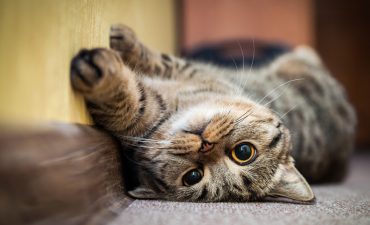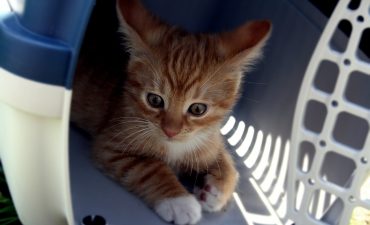George Carlin says “electricity is just organized lightening†or we can say that electricity always existed it was not invented instead it was discovered. It has become a very important part of today’s life. Most of the things and appliances we use run on electricity.
The credit of discovery of electricity is however given to Benjamin Franklin by his experiment of kite in a thunderstorm. Earlier it has passed through many experiments by different scientists.
In 600 BC Thales of Miletus wrote that amber got charged after rubbing it which is now known as static electricity. There was a little progress when William Gilbert an English scientist in 1600 said that the substances get electrified in his “De Magnete Magneticique corporibus†and gave it the name electricity which is Greek word used for amber. So he became father of modern electricity. He also used the terms electric force, attraction and magnetic pole for the first time
In 1660 Otto Von Guericke designed crude machine that could produce static electricity. In this machine a ball of sulfur was rotated by crank with one hand and rubbed with the other. After that Francis Haukskee improved it.
In 1675 Robert Boyle another scientist discovered that through that the repulsion and attraction activity can happen in the vaccum. And in 1729 a discovery was made by Stephen Gray about conduction of electricity which was another step forward for the idea of electricity. In 1733 Charles Francois Du Fay found that electricity is found in two types and he named as resinous (-) and vitreous (+). Later on Benjamin Franklin and an another scientist Ebenezer gave them the negative and positive charge respectively.
Goerg Von Kleist said that electricity can be controlled. Peiter Van Musschenbroek a dutch physicist invented an electric capacitor “leyden jar†which stored static electricity and can be discharged at once.
Working of electric current was known with the discovery of “electromagnetic induction†which was a major discovery.
William Watson in 1747 discharged leyden jar by a circuit and Henry Cavendish of England started measuring different material’s conductivity.
In 1752 Benjamin Franklin gave his theory that lightening was electrical through his famous experiment of kite flying in lightening. His work with electricity was appreciated and he was honored in 1753 with Copley medal and was selected as a member of royal society.
Joseph Priestly in 1765 says that electricity follows Newton’s inverse-square law of gravity. Near about 1786 Girolana Cardano of Italy differentiated electrical and magnetic forces first time by his writing. Columb mathematically articulated about the attraction of electrified bodies and it was a great contribution for quantative study.
In 1800 Allesandro Volta made first time an electric battery and was successful in proving that we can make electricity to move over wires. He said that cathodes and anodes can be created by chemical reactions. The difference of electric potentials will make the current to flow. That is why unit of potential difference was named “voltâ€. In 1820 Hans Christian confirmed the relationship between magnetism and electricity and Marie Ampre said that wires coiled acts as magnet with the passing of current. After this Michael Faraday made first time an electric motor in 1821. This was a step forward in the field of electromagnetism. In 1837 first time electric motors of industry came into existence.
Many experiments and inventions were made in 1879. First commercial power station was opened in San Francisco.
In 1882 first hydroelectric station was opened and named as Edison’s Pearl Street Station. In 1883 Edison discovered “three-wire transmission systemâ€. 1897 electron was discovered by J.J Thomson. In 1910 air conditioning was invented then came refrigerators in 1913 and scientists kept on discovering, inventing and experimenting new things till today.
So we see that the history of electricity is from the before Christ age and now reached to the modern computer age and one of the most important parts of our daily life.






